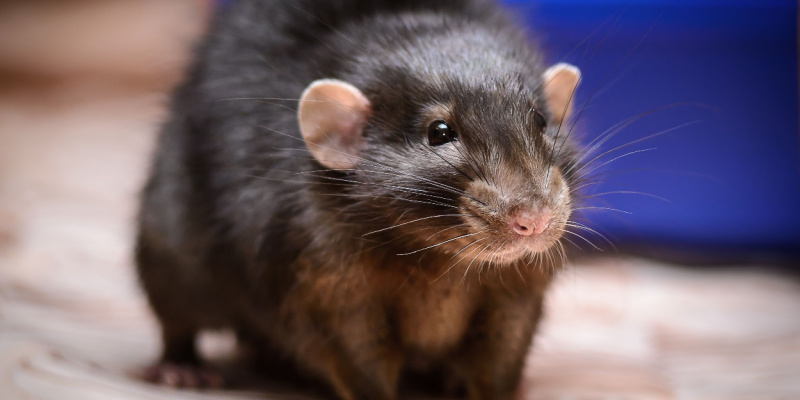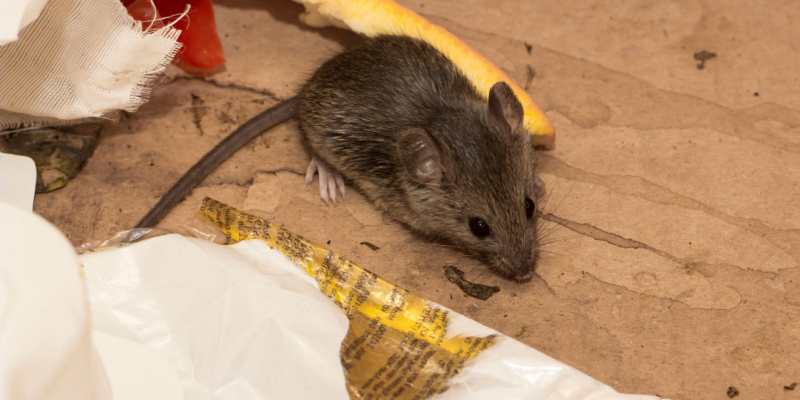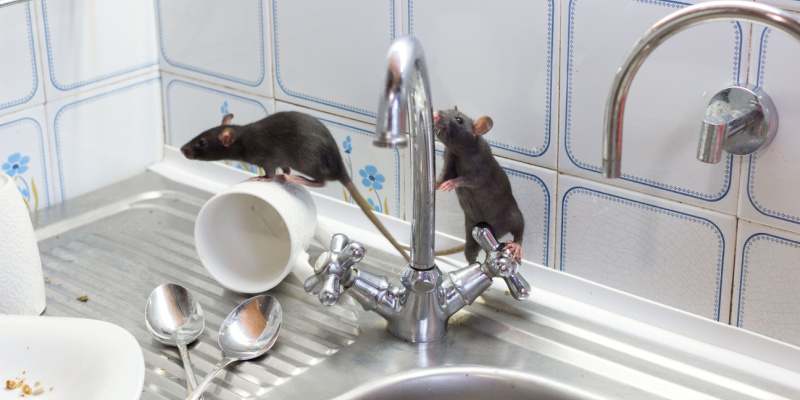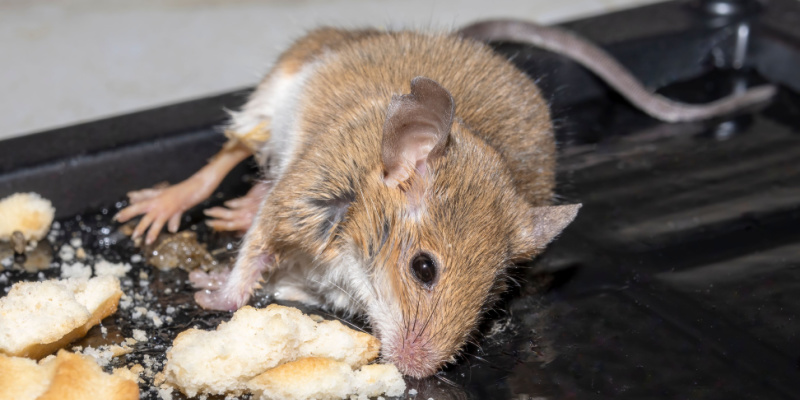Living in Nashville, homeowners often encounter the common issue of mouse infestations. These small rodents not only cause damage to your property but can also pose health risks. Effective mouse control and prevention are crucial in maintaining a safe and comfortable home. This guide will provide practical advice for controlling and preventing mice in your Nashville home.
Understanding Mouse Behavior
Mice are small, nocturnal rodents known for their ability to enter homes through tiny openings. They seek shelter, food, and water, making residential areas ideal for them. Understanding their behavior and habitat preferences is the first step in effective control and prevention.
Identifying Signs of a Mouse Infestation
Early detection is key. Look for signs like droppings, gnaw marks, nesting materials, and strange noises, especially at night. Mice are also known to leave a distinctive, musky odor.
Sealing Entry Points
Mice can squeeze through openings as small as a dime. Inspect your home’s exterior for gaps or holes, especially where utility lines enter. Seal these openings with steel wool, caulk, or metal flashing. Regular maintenance checks are essential to ensure new gaps don’t form.
Proper Sanitation
Mice are attracted to food sources. Keep your kitchen clean, store food in airtight containers, and dispose of garbage regularly. Regularly clean areas beneath appliances and furniture, where crumbs and debris can accumulate.
Reducing Clutter and Nesting Sites
Mice nest in cluttered, undisturbed areas. Reduce clutter in attics, basements, and garages. Store items in sealed containers rather than cardboard boxes. Regularly inspect and clean these areas to disrupt potential nesting sites.
Using Traps Effectively
Trapping is a safe and effective method for controlling mice. Use snap traps or live traps, placing them along walls where mice travel. Bait traps with peanut butter, chocolate, or oatmeal. Check and reset traps regularly, and use multiple traps to increase effectiveness.
Considering Rodenticides Carefully
Rodenticides can be effective, but they pose risks to pets and children. If you choose to use them, do so with caution. Place them in tamper-resistant bait stations and follow all label instructions. Consider consulting with a pest control professional before using rodenticides.
Natural Deterrents
Some homeowners prefer natural deterrents like peppermint oil, clove oil, or cayenne pepper. While these methods are less proven, they can be part of an integrated approach to mouse control. Apply these natural repellents near potential entry points.
Landscaping and Outdoor Maintenance
Your home’s exterior can attract mice. Keep grass trimmed and eliminate weeds. Store firewood away from your home and elevate it off the ground. Ensure trash bins are sealed and don’t provide a food source for mice.
Professional Pest Control Services
For severe infestations or ongoing problems, professional pest control services can offer more comprehensive solutions. They have access to advanced tools and techniques and can provide a thorough assessment and customized treatment plan.
Educating Yourself and Your Community
Educating yourself about mouse prevention and sharing this knowledge with your community can be beneficial. Community efforts in cleanliness and prevention can reduce the overall risk of infestations in the neighborhood.
Monitoring and Vigilance
Finally, ongoing vigilance is crucial. Regularly inspect your home for signs of mice and maintain preventative measures. Early detection and prompt action can prevent small problems from becoming larger infestations.
Mouse control and prevention in Nashville require a combination of vigilance, cleanliness, and proactive measures. By understanding mouse behavior, maintaining your property, and utilizing effective control methods, you can keep your home rodent-free. For those who face persistent problems or want professional guidance, pest control services can provide additional support and expertise.
Remember, the key to successful mouse control is not only in dealing with an existing problem but also in taking steps to prevent future infestations. By following these guidelines, you can enjoy a safer, more comfortable home environment.








